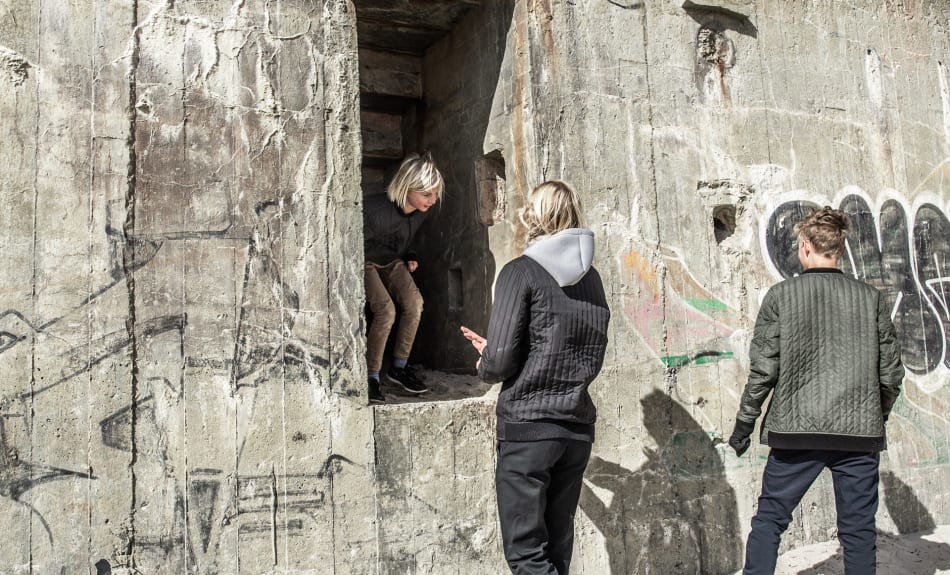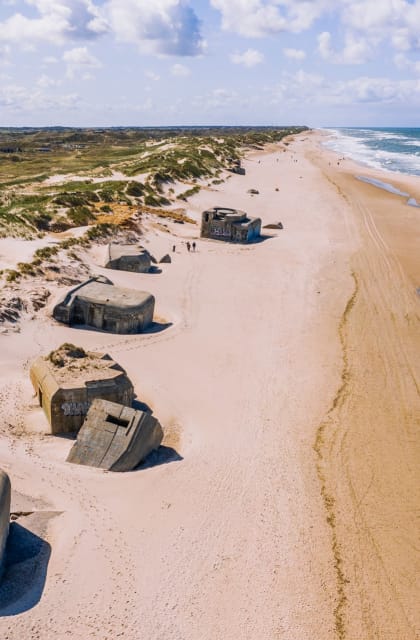
Different Purposes and Designs of Bunkers
Bunkers can have various purposes and designs, depending on their location and the tactics they are intended to support.
Artillery Defense Bunkers
Some bunkers are designed specifically to protect against artillery attacks. These bunkers are typically constructed with thick walls and ceilings to withstand heavy bombardment.
Air Defense Bunkers
Other bunkers are designed to protect against air attacks. These structures often include features to shield occupants from bombs and other aerial threats.
Command Centers and Supply Depots
Additionally, some bunkers are designed to function as command centers or supply depots. These bunkers are equipped to support military operations by providing secure locations for strategic planning and storage of essential supplies.

